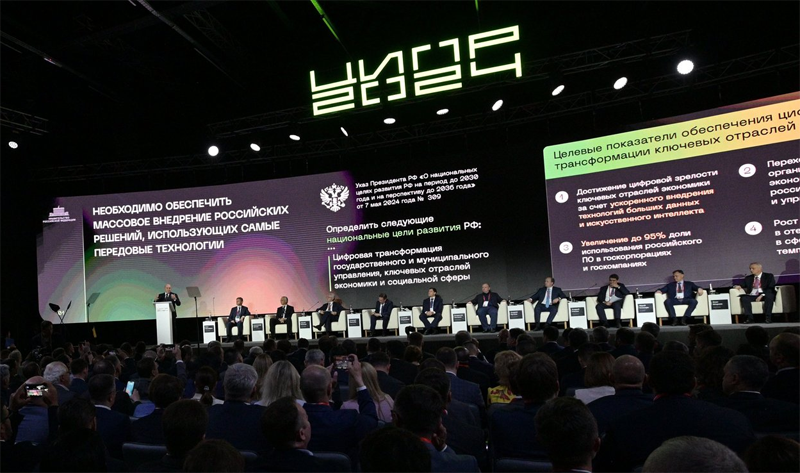Large Russian industrial corporations are encountering organizational, technological, and financial challenges in implementing their software import substitution programs, according to presentations made by several company executives at the conference “Digital Industry of Industrial Russia” (CIPR).
Digitalisation in Various Sectors
Sergey Kogogin, CEO of KAMAZ, has disclosed that in the automobile industry, the presence of local software in the IT landscape only covers 38%. In the metallurgy sector, this number sits around 35% according to Aleksey Mordashov, CEO of Severgroup, which he described as “clearly insufficient”. Other industries lagging behind include shipbuilding and pharmaceuticals.
Challenges on the Path to Independence
The hurdles for accelerated adoption of domestic software are manifold, encompassing both financial and technical issues, even the simple lack of suitable software products capable of meeting the demands of clients from various industries.
“Our primary struggle is mostly linked to the inertia of the process, as the existing systems are extremely convenient and functional (referring to foreign ones) and transitioning to national ones multiplies risks associated with product creation and learning new products,” stated Yuri Slyusar, CEO of United Aircraft Corporation (UAC).
Shifting from Foreign Technology to Local
Aleksey Mordashov of Severgroup highlighted the lack of a complete analogue in the Russian market for the ERP system, SAP. He noted, “We fully share the concerns of creating a specialized ERP system; we see different attempts and projects in Russia. But currently, there isn’t a tool that matches the needs of discerning industrial clients and acts as a functional replacement for SAP.” Mordashov emphasised that the metallurgical companies are intending to create a consortium that within five years will develop an analogue to the German company’s ERP platform, taking into consideration requirements for this type of solution’s performance and the specifics of the industry.
The situation is similar for the foreign computer-aided design system, AutoCAD. Igor Khanin, head of SiSoft, a company developing CAD for UAC opined, “There are many factors here. The system is truly complex, based on international experience. I understand that we now have our own valuable experience, but such systems take decades to create.”
Government Actions
Russian Prime Minister Mikhail Mishustin stated that the government is considering offering preferential loans to big businesses for transitioning to local software. The government projects that by the end of 2024, over 50% of Russian organizations will be using local software. While companies are interested in using domestic developments, there are obstacles, including financial ones. Mishustin added that the government plans to offset up to half the costs of implementing local, both engineering and industrial, software. “The use of proprietary products alone can guarantee smooth company operation and infrastructure protection,” the prime minister affirmed.





